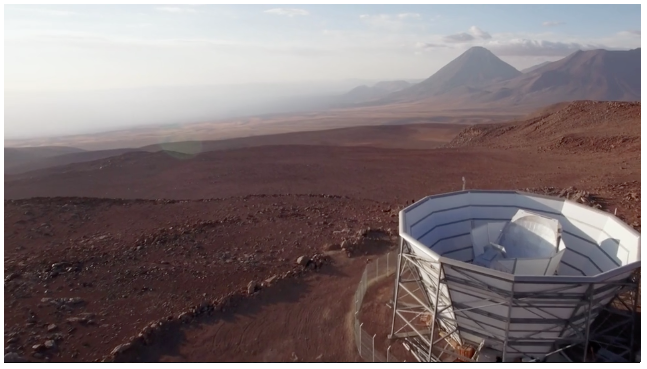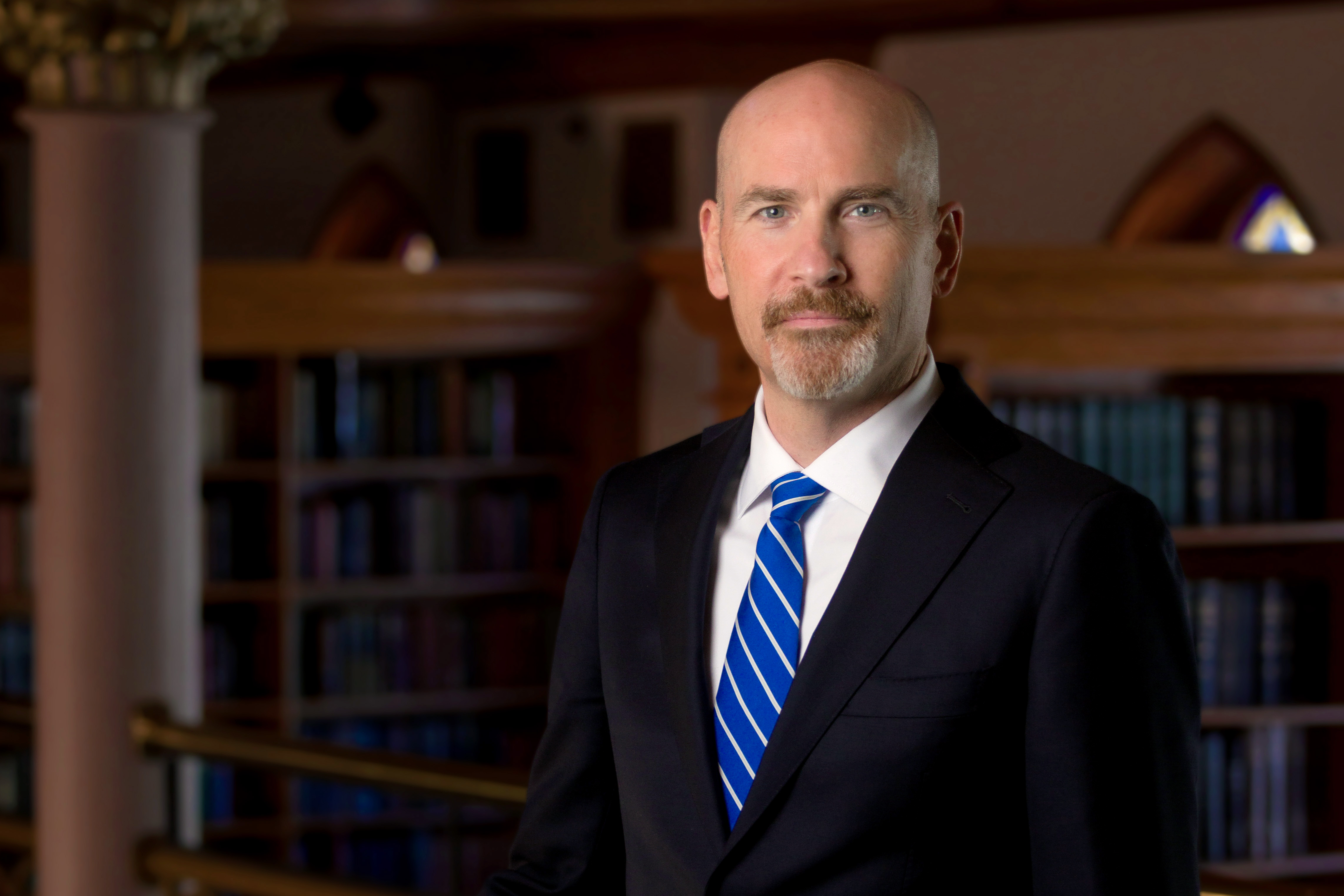CMB-S4 will unite several existing collaborations to survey the microwave sky in unprecedented detail with 500,000 ultrasensitive detectors for 7 years. These detectors will be placed on 21 telescopes in two of our planet’s prime places for viewing deep space: the South Pole and the high Chilean desert. The project is intended to unlock many secrets in cosmology, fundamental physics, astrophysics, and astronomy.
Combining a mix of large and small telescopes at both sites, CMB-S4 will be the first experiment to access the entire scope of ground-based CMB science. It will measure ever-so-slight variations in the temperature and polarization, or directionality, of microwave light across most of the sky, to probe for ripples in space-time associated with a rapid expansion at the start of the universe, known as inflation.
CMB-S4 will also help to measure the mass of the neutrino; map the growth of matter clustering over time in the universe; shed new light on mysterious dark matter, which makes up most of the universe’s matter but hasn’t yet been directly observed, and dark energy, which is driving an accelerating expansion of the universe; and aid in the detection and study of powerful space phenomena such as gamma-ray bursts and jet-emitting blazars.
On Sept. 1, DOE Office of Science Director Chris Fall authorized the selection of Berkeley Lab as the lead laboratory for the DOE roles and responsibilities on CMB-S4, with Argonne National Laboratory, Fermi National Accelerator Laboratory, and SLAC National Accelerator Laboratory serving as partner labs. The CMB-S4 collaboration now numbers 236 members at 93 institutions in 14 countries and 21 U.S. states.
The project passed its first DOE milestone, known as Critical Decision 0 or CD-0, on July 26, 2019. It has been endorsed by the 2014 report of the Particle Physics Project Prioritization Panel (known as P5), which helps to set the future direction of particle physics-related research. The project also was recommended in the National Academy of Sciences Strategic Vision for Antarctic Science in 2015, and by the Astronomy and Astrophysics Advisory Committee in 2017.
The NSF has been key to the development of CMB-S4, which builds on NSF’s existing program of university-led, ground-based CMB experiments. Four of these experiments – the Atacama Cosmology Telescope and POLARBEAR/Simons Array in Chile, and the South Pole Telescope and BICEP/Keck at the South Pole – helped to start CMB-S4 in 2013, and the design of CMB-S4 relies heavily on technologies developed and deployed by these teams and others. NSF is also helping to plan its possible future role with a grant awarded to the University of Chicago.
The CMB-S4 collaboration was established in 2018, and its current co-spokespeople are Julian Borrill, head of the Computational Cosmology Center at Berkeley Lab and a researcher at UC Berkeley’s Space Sciences Laboratory, and John Carlstrom, a professor of physics, astronomy, and astrophysics at the University of Chicago and scientist at Argonne Lab.
CMB-S4 builds on decades of experience with ground-based, satellite, and balloon-based experiments.
What’s unique about CMB-S4 is not the technology itself – the detector technology has already been proven in earlier experiments, for example – but the scale at which the technology will be deployed, including the sheer number of detectors, scale of the detector readout systems, number of telescopes, and volume of data to be processed.
CMB-S4, which will exceed the capabilities of earlier generations of experiments by more than 10 times, will have the combined viewing power of three large telescopes and 18 small telescopes. The major technology challenge for CMB-S4 is in its scale. While previous generations of instruments have used tens of thousands of detectors, the entire CMB-S4 project will require half a million.
The data-management challenges will be substantial, too, as these huge arrays of detectors will produce 1,000 times more data than the previous generation of experiments. A major hardware focus for the project will be the construction of new telescopes and the mass-fabrication of the detectors. The current detector design, adapted from current experiments, will feature over 500 silicon wafers that each contain 1,000 superconducting detectors.
CMB-S4 plans to draw upon computing resources at the Argonne Leadership Computing Facility (ALCF) and Berkeley Lab’s National Energy Research Scientific Computing Center (NERSC), and to apply to NSF’s Open Science Grid and eXtreme Science and Engineering Discovery Environment (XSEDE).
The project is hoping to deploy its first telescope in 2027, to be fully operational at all telescopes within a couple of years, and to run through 2035.
Next steps include preparing a project office at Berkeley Lab, getting ready for the next DOE milestone, known as Critical Decision 1, working toward becoming an NSF project, and working across the community to bring in the best expertise and capabilities.
ALCF and NERSC are DOE Office of Science user facilities.
###
Founded in 1931 on the belief that the biggest scientific challenges are best addressed by teams, Lawrence Berkeley National Laboratory and its scientists have been recognized with 13 Nobel Prizes. Today, Berkeley Lab researchers develop sustainable energy and environmental solutions, create useful new materials, advance the frontiers of computing, and probe the mysteries of life, matter, and the universe. Scientists from around the world rely on the Lab’s facilities for their own discovery science. Berkeley Lab is a multiprogram national laboratory, managed by the University of California for the U.S. Department of Energy’s Office of Science.
DOE’s Office of Science is the single largest supporter of basic research in the physical sciences in the United States, and is working to address some of the most pressing challenges of our time. For more information, please visit energy.gov/science.




